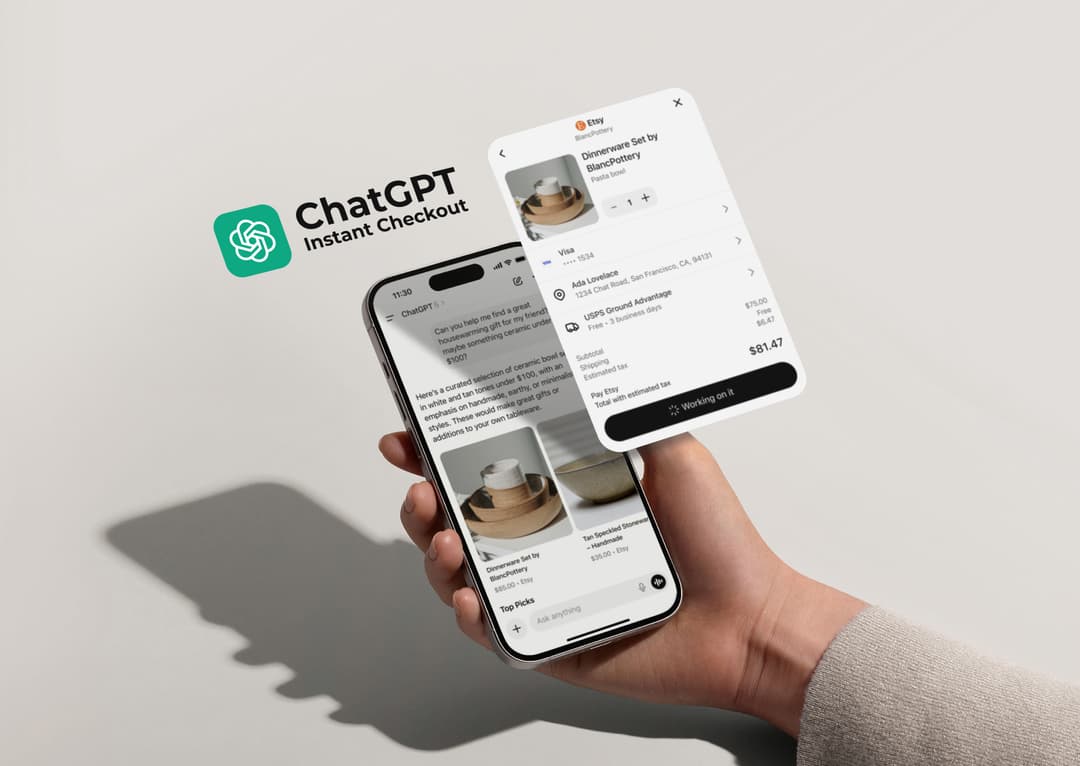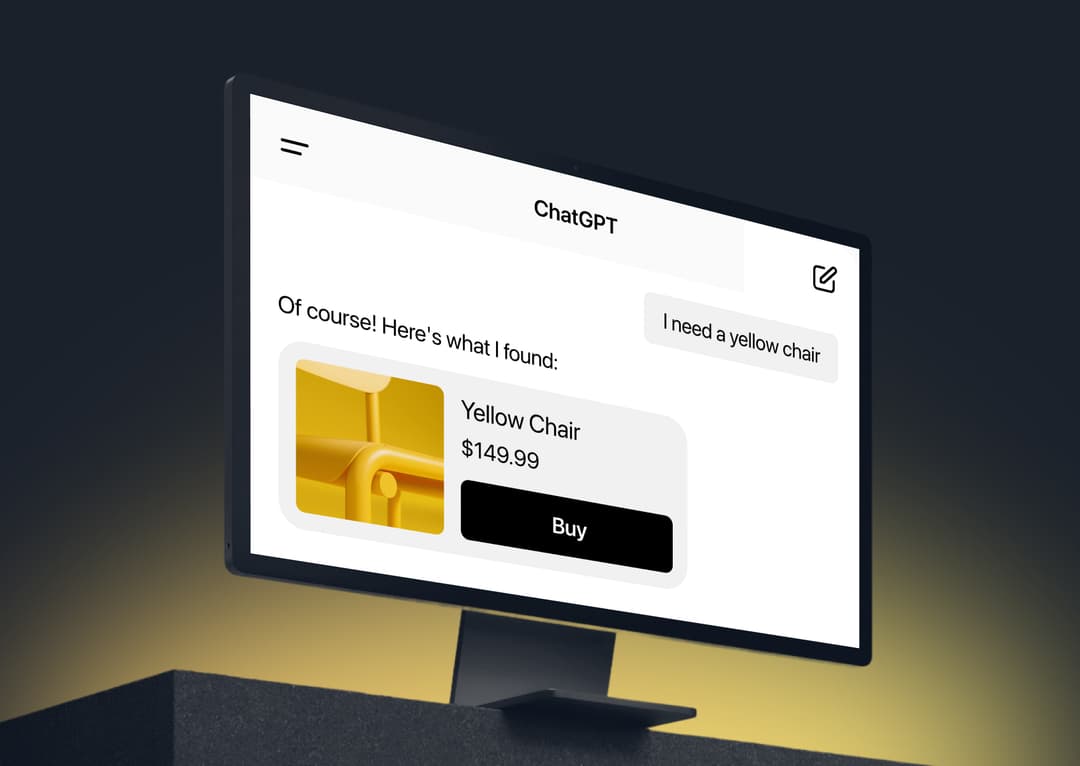LATEST TECH INSIGHTS
MOST POPULAR

18 Nov. 2025
How To Implement ChatGPT Instant Checkout: A Guide for Merchants

06 Nov. 2025
Top 10 Web Development Agencies to Hire in 2026

06 Nov. 2025
Top 10 Software Development Companies

05 Nov. 2025
Top 10 Native App Development Companies
Stay with us
Subscribe to the newsletter and be the first to know about new posts.
Thank you!
You’re now subscribed to tech insights from DBB Software.
![Top 10 Software Houses in the UK [2026 Guide]](/_next/image?url=https%3A%2F%2Fa.storyblok.com%2Ff%2F312926%2F3000x2000%2F6f404624c2%2Ftop-10-software-houses-in-the-uk.jpg&w=1080&q=75)
04 Nov. 2025
Top 10 Software Houses in the UK [2026 Guide]

27 Oct. 2025
Top 10 Full-Service Digital Product Devs for Early-Stage Startups (Pre-Seed, Seed) to Look for in 2026

27 Oct. 2025
Agentic Commerce: How to Make Your Marketplace or Online Store Visible in ChatGPT

15 Oct. 2025
DBBS Pre-Built Solutions Update v 25.10.01

